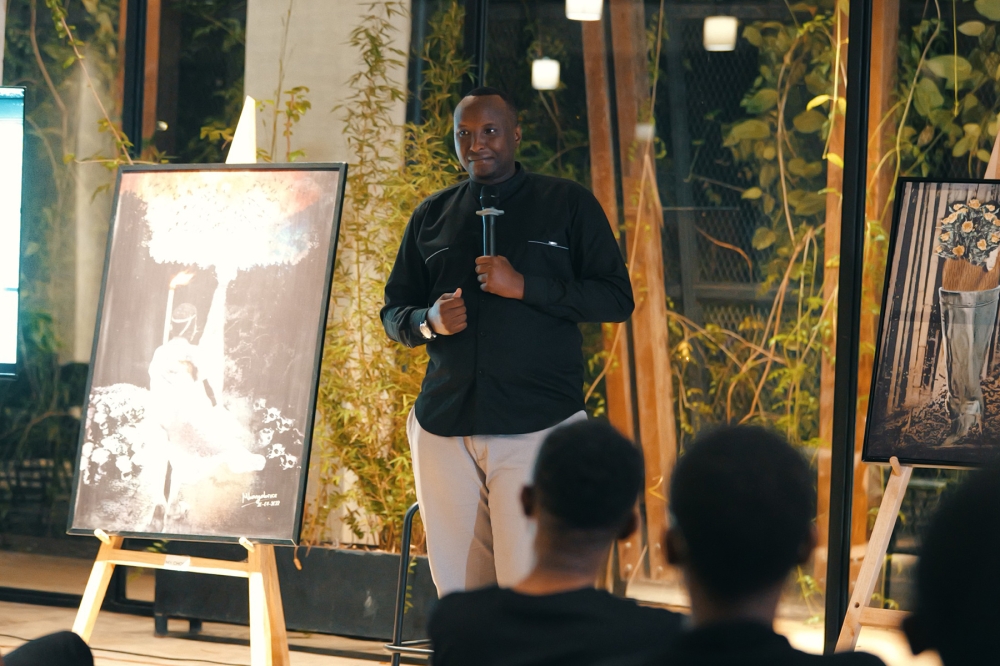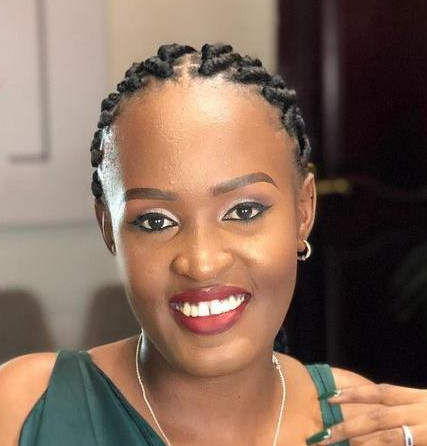

Art became a vessel for remembrance and resilience as "Rwanda’s Brushstrokes of Memory: The Story Told on Canvas” art exhibition saw a series of touching art pieces showcased at Norresken on Thursday, April 24.
Curated by Bruce Mhub and the House of Art, the emotional exhibition commemorated the lives lost during the 1994 Genocide against the Tutsi through art.
Using 10 evocative portraits which were on showcase, the event traced Rwanda’s journey—from the strength of its pre-colonial heritage, through the trauma of colonization, then the genocide against the Tutsi in 1994, to the enduring spirit of unity and healing.
Each canvas was not only a tribute to the victims, particularly young people and entrepreneurs, but also a powerful testament to the country’s resilience, hope, and commitment to never forget.
ALSO READ: My Rwanda Collection: A visual journey of nation’s history, transformation
The exhibition unfolded as a reflective experience, beginning with a self-guided tour, followed by a moment of silence to honor the victims of the 1994 Genocide against the Tutsi.
According to paint artist and exhibition curator Bruce Mbanzabugabo, the theme of the exhibition emphasized the power of art to preserve memory, confront painful history, and inspire healing.
Through the 10 portraits, the exhibition traced Rwanda’s journey across time. The first three works highlighted the richness of pre-colonial Rwanda—celebrating traditional leadership (Nkubito y’Imanzi), communal life and architecture (Ikotaniro), and the cultural significance of cattle (Ishyo).
The second session of the exhibition addressed the traumatic legacy of colonization, with Jeopardy depicting the divisive impact of the 1884–1885 Berlin Conference, The Kush Child portraying the suffering of enslaved Black children, and Iwacu honoring the resilience of Rwandans who lived in exile before 1994.
ALSO READ: Visual artist on portraying messages of hope, going international
At the heart of the collection, My Choice and Flame of Hope were among portraits which stood out, featuring a wounded child carrying a flame—a symbol of survival, forgiveness, and unity.
The exhibition continued with Wamehamia Musituni, a tribute to the Inkotanyi—freedom fighters who sacrificed everything to liberate Rwanda. The final portrait, Ubu-Muntu, offered a hopeful vision of today’s Rwanda, grounded in compassion, diversity, and shared humanity.
Mbanzabugabo told The New Times that Rwanda’s Brushstrokes of Memory was more than an art exhibition—it was also a stand against genocide ideology and a call to action that served as both a tribute to the past and a movement for justice, education, and resilience.
"This was more than an exhibition—it was a bold stand against genocide ideology and the erosion of empathy. As Rwanda confronts its past and embraces unity, this exhibition becomes a movement for truth, for justice, and for a nation that will never again succumb to division and hate,” he said.


